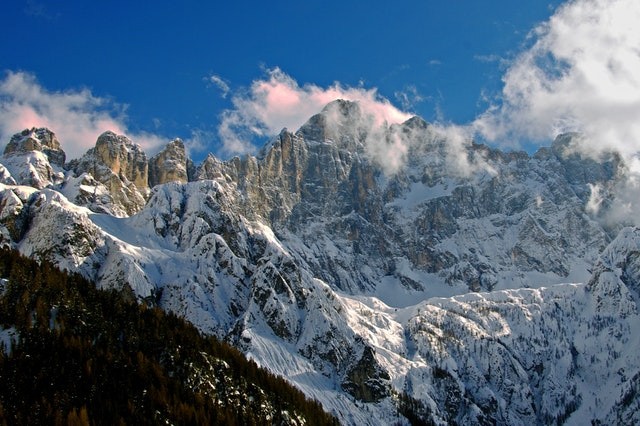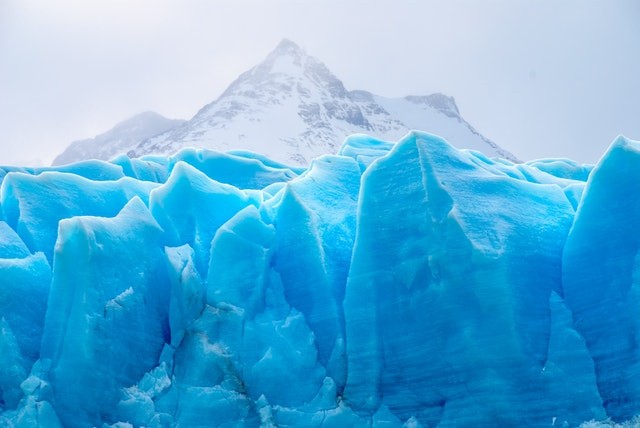A disastrous flood killed dozens and left about 150 people missing in northern Indian on Sunday. Scientists are still conducting research to determine the cause of the flood.
An enormous rock fell from a close-by mountain glacier, causing a flow of water in the Rishi Ganga River. This was discovered by experts that carried out the research. Due to the excess rush down of the flood to the mountainside, bridges were wiped out, two hydroelectric dam projects were destroyed leading to the evacuations of villages in Indian's Uttarakhand state in the Himalayas.
The cause of the avalanche is still uncertain. Because of the rise of temperatures mountain glaciers are melting, causing damages throughout the Himalayas. It's too untimely for scientists to declare if the change in climate is part of the cause of Sunday's disaster. However, It is still a warning signal. The incidence of Uttarakhand serves as a reminder of the risks of the change in climate all over the world especially in mountainous areas.

There has been complete shrinkage of large glaciers around the world over the latest century- this has lead to thinning perpendicularly hundreds of meters over that time. This was mentioned by a geoscientist and an expert on glacier at the University of Calgary Dan Shugar.
ALSO READ - US East Coast to See Daily Tidal Floods by 2045
The Shrinkage Can Increase The Chance of Landslides and Avalanches
The ice is likely to destroy the sides of the mountain when the glaciers are in good condition and growing, making the valleys steeper. There's nothing left to grip those walls up when the ice melts away. "We are likely to see a lot of giant, which we call rock avalanches". And appears like we are seeing more of them" Shugar says.
In the last few years several studies have proposed a connection between rising temperature and more recurrent rock avalanches in some mountain regions.Shugar added that those risks can be intensified by thawing permafrost.

Permofrost
Permafrost is a type of frozen soil that is rampant in polar regions and in elevated-mountain areas, where it's usually cold. The melting permafrost makes the soil tender than usual and less fixed as temperature rises, thereby increasing the dangers of landslides.
The only cause for worry isn't avalanches and landslides.The shrinkage of mountain glaciers can also bring about another type of diaster called a glacial lake outburst flood.
Glaciers leave large pools of water in their wake whenever they melt and shrink. These glacial lakes sometimes overflow or rupture, rushing down the mountainside with disastrous force.
The growing cause for worry in many mountain region around the world are these rupture floods. According to the research published in Nature Climate Change last year, there was a suggestion that glacial lakes are fast growing. These growth are both in number and size, as the world warms and glacier shrink.
RELATED ARTICLE - Gigantic Rain in California Causes Debris Flows and Flash Floods
For more news, updates and stories about Floods and similar topics, don't forget to follow Nature World News!
© 2025 NatureWorldNews.com All rights reserved. Do not reproduce without permission.





